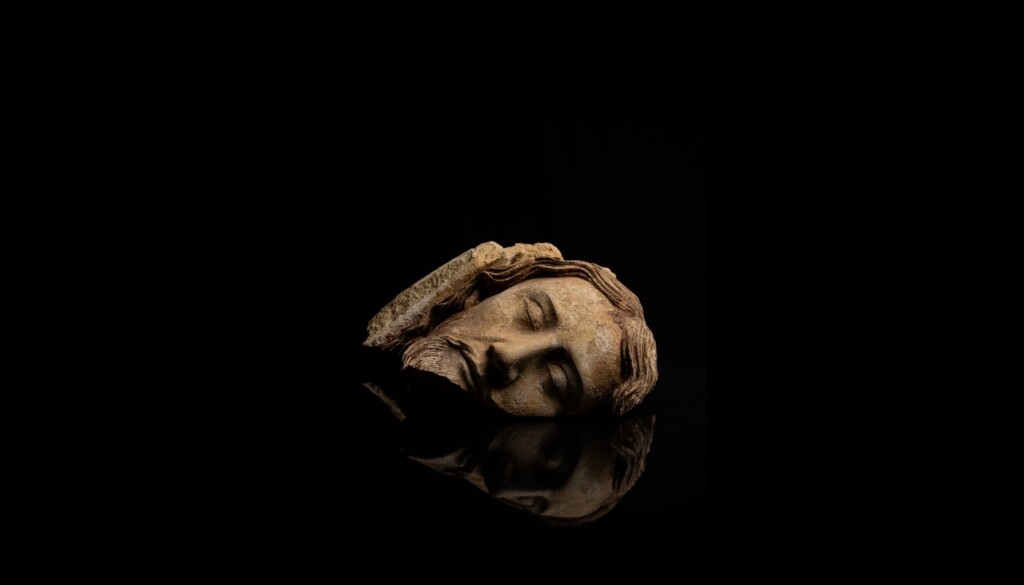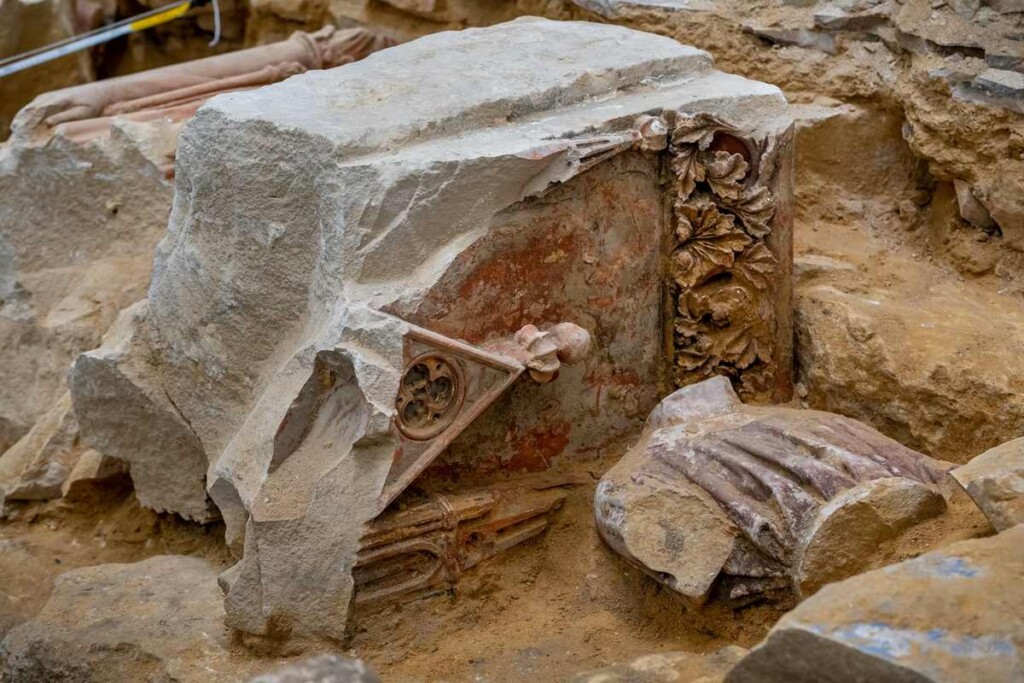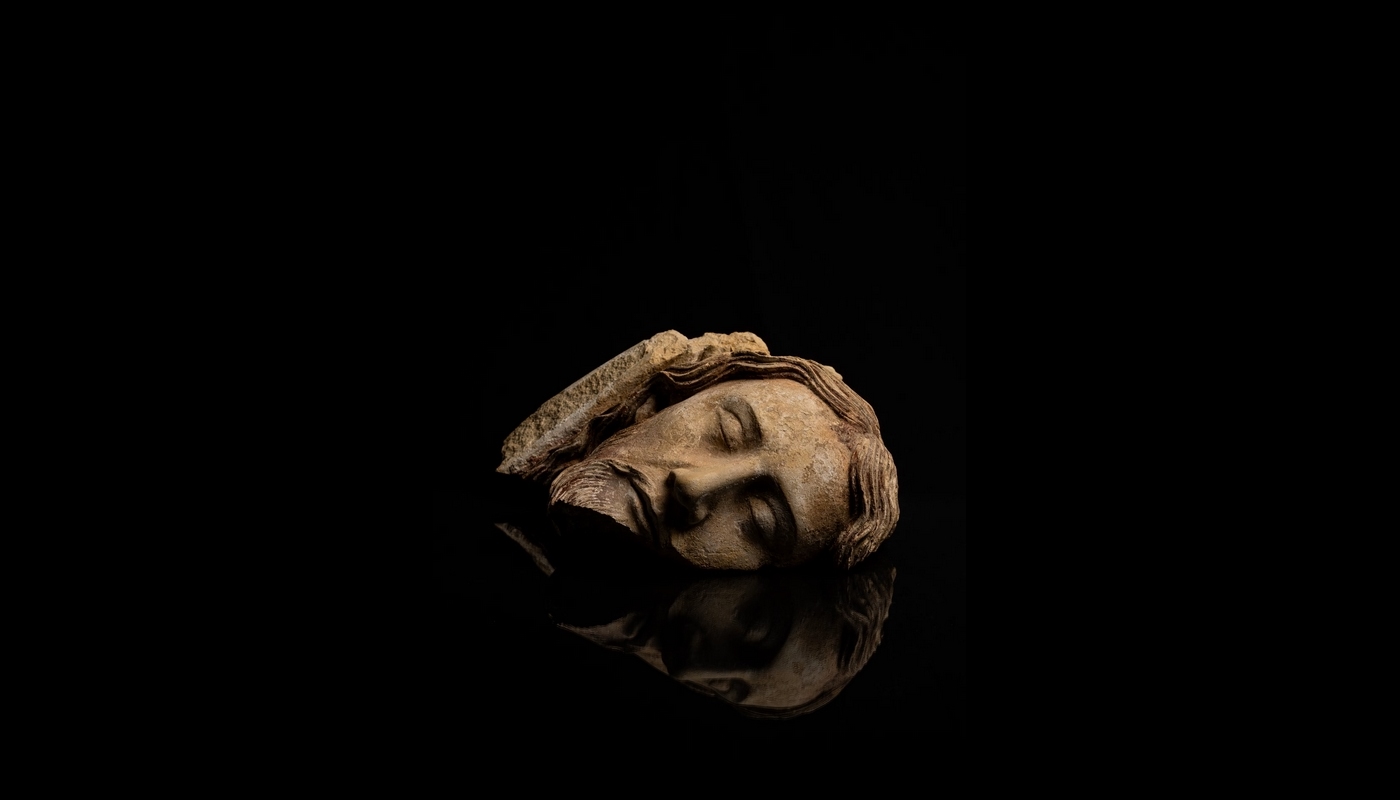
Notre Dame Cathedral of Paris has reopened, and all the West rejoices with her.
However, during the extensive restoration, a team of archaeologists was allowed to dig under the foundations as far as the anchor points of the scaffolding, under a French law that allows archaeological digs to occur for preservation of what may lie underfoot.
Scientists can dig “to detect and undertake the scientific study of archaeological remains (on land and underwater) that might otherwise be destroyed by land development work,” according to the law, and the remains, in this case, proved to be 100 graves, and 1,000 statue fragments along with valuable insights into the foundational layers of the famous building.
Teams from the Institut National de Recherches Archéologiques Préventives (INRAP) uncovered hundreds of fragments, many from limestone sculptures of men and saints, including the Savior.
A 13th-century jubé or rood screen that previously separated the choir and sanctuary from public view was among the more significant architectural finds, Art News reports.
Belonging to the Saxon language, “rood” means cross, and it stood at the center of the transept and blocked the view of the peasants in the nave from seeing the sanctuary. It was considered a marvel of pre-modern European sculpture, and hundreds of pieces of it and its ornamentation were recovered.
These include floral patterns and other gothic features, as well as reliefs from the Passion of Christ, including famous scenes like the Last Supper, the Crucifixion, and the Resurrection. A majority of the recovered fragments have traces of the pigments that once colored the whole screen.

Christophe Besnier and his team from INRAP believe more of the screen’s remains lie buried under the choir itself, which was outside the scope of his dig site. The whole excavation was on a time crunch as President Emanuel Macron was urgently trying to have the monument reopened for the Olympics.
Weeks turned to months, and the excavations continued as frantically as digging under one the most sensitive and ancient structures in the country could possibly be allowed to be.
MORE WORK FROM INRAP: Hotel Excavation Reveals Medieval Castle with Moat and Stones That Look Like They Were Laid Yesterday
Charred remains of the earliest wooden beams show how the original constructions employed 49-feet-long, 100-year-old oak trees hand-cut and notched with special holds for ropes which would have bound them together as they floated down the Seine to the small island where the cathedral is located.
Also found were heavy iron clamps, 10 to 20 inches long used to bind certain stones together which date to the earliest construction periods of Notre Dame at around 1160 CE. This makes it the first Gothic cathedral in Europe to use iron as a building material.
THE REST OF THE STORY: Rebuilding Notre Dame Cathedral Takes Leap Forward as the Majestic Spire Is Pieced Together
For now, the rest of the rood screen will remain under the newly-reopened building, and no mission to recover them is in the works as the nation would like the public to enjoy its beloved and iconic cathedral without disruption.
SHARE This Coda To The Rebuilding Of The World’s Most-Visited Church…





















I assume this is beyond the ruins that were already uncovered under the footings of the cathedral. Exciting news.